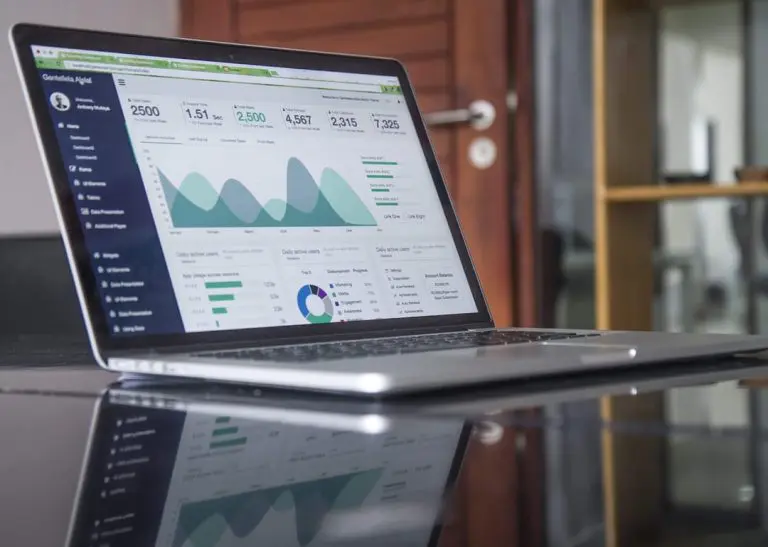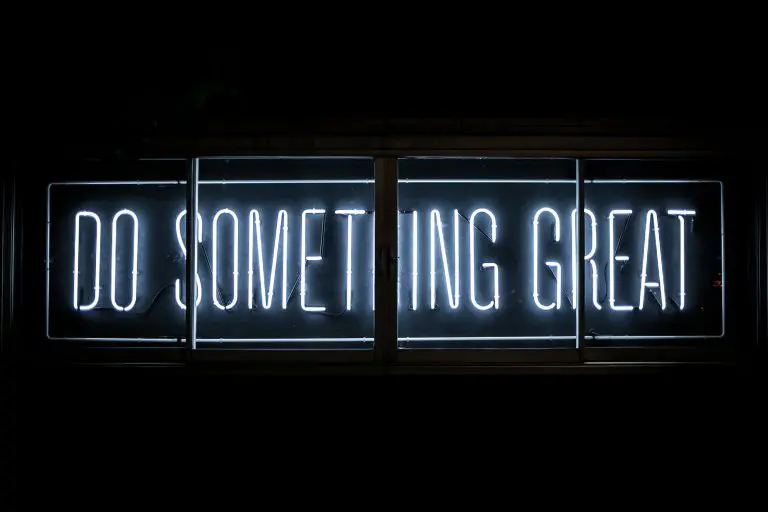Common Facebook Ad Mistakes
I work with Facebook Ads daily, managing ads for SaaS businesses at Digiboost. Facebook Ad campaigns that are well-crafted can drive high-quality traffic and leads at lower costs than other platforms. I’ve seen Facebook drive leads to small businesses, e-commerce sites, and even b2b businesses.
When accounts don’t have a lot of success with Facebook they write it off. Instead of doing that, you can find the mistakes on Facebook Ads. Improve the account and get more leads.
What are the common Facebook Ads mistakes, and how can you avoid them?
Using the wrong objectives
Facebook Ads offers different goal objectives, including:
- Traffic
- Lead Generation
- App Installs
- Video Views
- Post Engagement
- Page Likes
- Event Responses
- Messages
- Brand Awareness
- Reach
- Conversions
- Catalog Sales
- Store Traffic
I only recommend using two of these objects – Lead Generation & Conversions. Lead Generation is using the native forms on the Facebook platform. I’ve seen some strong success from these native forms for capture leads to download ebooks or schedule a demo with a potential customer.
The conversion object lets you drive traffic to your website and focus on getting a user to fill out a form, signup, or make a purchase. This objective is better than the traffic because you’re able to understand what the cost per conversion is, versus only focusing on traffic.
Leaving all placements on
Facebook offers a lot of ad placements beyond the primary newsfeed.
Your Facebook ads can target leads on Facebook:
- Desktop newsfeed
- Mobile news feed
- Desktop in-stream video
- Mobile in-stream video
- Desktop marketplace
- Mobile marketplace
- Stories
On Instagram:
- Newsfeed
- Stories
Each of these placements has a different ad size. Facebook does a decent job of placing ads of the 1080×1080 size in each of the different ad spots. However, choosing one graphic size limits the possibilities and increases the chance your ad shows poorly on a placement.
Having each ad sized for the various sizes helps increase the click-through rates.
Too Wide of an audience
It doesn’t matter how good your ad is or if you’ve picked the right audience. If your ad isn’t shown to the right audience, then your conversion rates aren’t going to be as high as if you’d find the right niche.
Targeting more people does not mean more conversions!
Facebook offers in-depth audience targeting. You may not be able to capture the intent that you’re able to find on Google, but you can hyper-target users. Using Facebook as a remarketing engine and leverage lookalike audiences could yield low costs per lead. I’ve experienced leads cost anywhere from 30% to 50% cheaper than other platforms.
Ineffective Copy
Having copy that catches users’ eyes and lining up to the landing page is essential. If your sending users to a landing page that’s pushing them to download an ebook, then the ad should convey that goal. The button on the ad should direct them to”download now” or “learn more.” Having a clear message in a sentence or two is key.
Facebook ads are a lot like traditional billboards – they’re interrupting users on Facebook’s (or Instagram’s) newsfeed while users are quickly grazing.
Not enough testing
Having ads that aren’t working can drag a campaign down.
Even if everything is working, finding new ways to improve the campaigns wouldn’t hurt. Running regular A/B tests on headlines, copy, graphics, and audiences allow you to enhance the campaigns. This testing also allows you to find the best audience. Also, you’re able to discover if a headline or graphic is working or not.
I recommend always testing new ads or testing new audiences. This allows you to understand what works best and who are responding the best.







